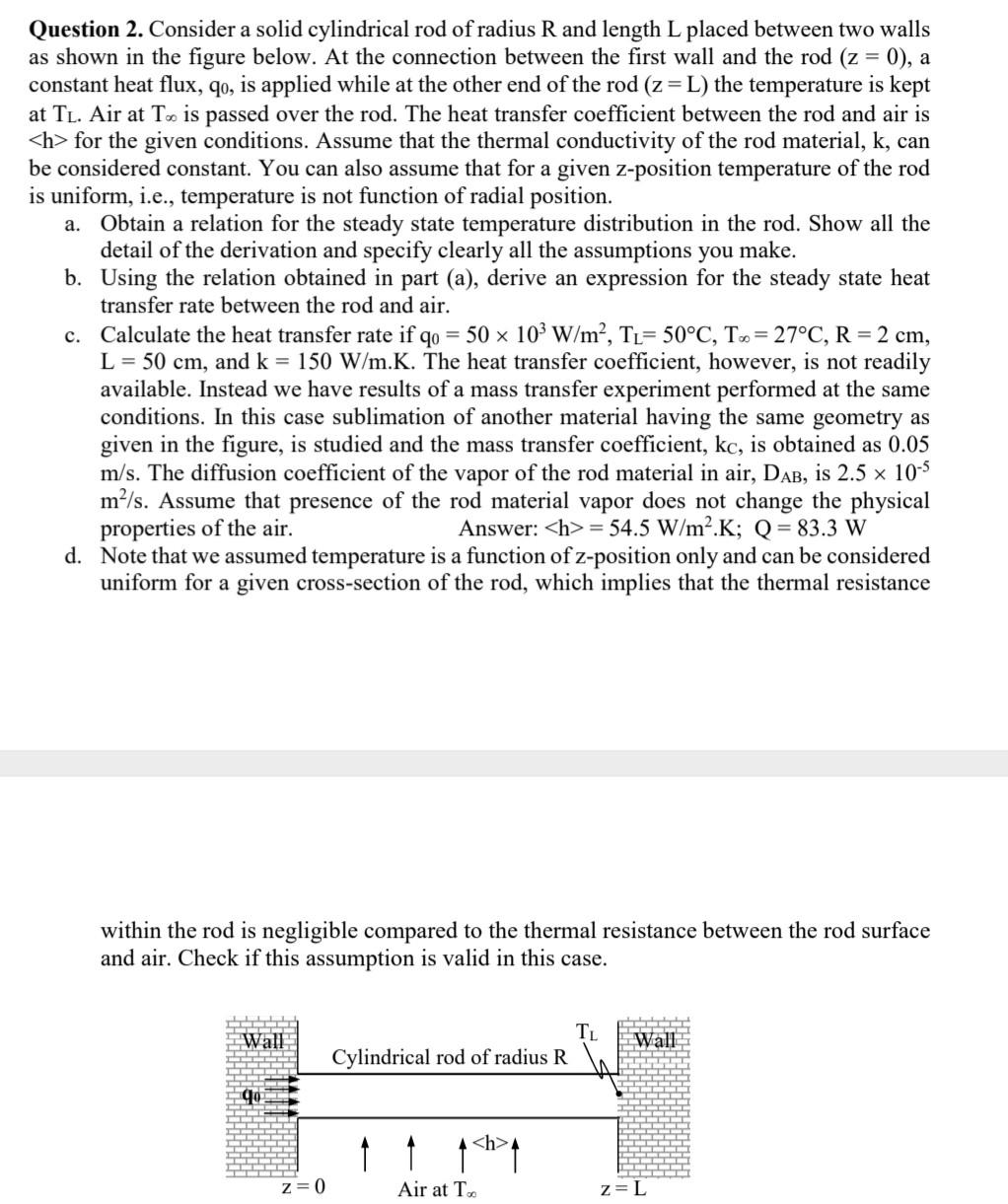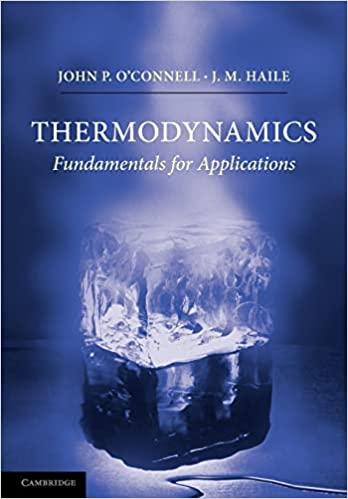Answered step by step
Verified Expert Solution
Question
1 Approved Answer
Question 2. Consider a solid cylindrical rod of radius R and length L placed between two walls as shown in the figure below. At the

Question 2. Consider a solid cylindrical rod of radius R and length L placed between two walls as shown in the figure below. At the connection between the first wall and the rod (z=0), a constant heat flux, q0, is applied while at the other end of the rod (z=L) the temperature is kept at TL. Air at T is passed over the rod. The heat transfer coefficient between the rod and air is
Step by Step Solution
There are 3 Steps involved in it
Step: 1

Get Instant Access to Expert-Tailored Solutions
See step-by-step solutions with expert insights and AI powered tools for academic success
Step: 2

Step: 3

Ace Your Homework with AI
Get the answers you need in no time with our AI-driven, step-by-step assistance
Get Started


